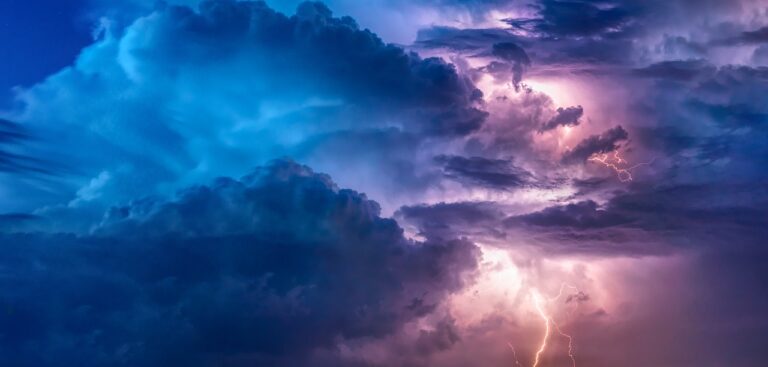Researchers from the University of Bergen in Norway, the US Naval Research Laboratory (NRL) and three NASA centers have completed a month of flights to study lightning and the vast energy fields around thunderclouds in our atmosphere. Their observations will help scientists gain further insight into how lightning forms and help them better predict when storms could turn severe.
With operations based in Tampa, Florida, the ALOFT field campaign logged 60 hours of flight time across Central America and the Caribbean. The team used NASA Armstrong’s ER-2 aircraft to fly near thunderclouds as tall as 18km (10 miles) in altitude to measure gamma-ray glows and flashes produced by electric fields.
Led by Nikolai Ostgaard of the University of Bergen and using new and recently upgraded lightning instrumentation, the team was able to capture the most detailed airborne analysis of gamma-rays and thunderclouds ever recorded. One of the reasons was the University of Bergen-Bismuth-Germanium-Oxide (UIB-BGO) gamma-ray detector instruments, which collected and downloaded real-time data, allowing researchers to instruct the ER-2 pilot to return to a glowing thunder cell if it continued to glow.
“Within a thunderstorm there’s a huge electric field that can cover a large area,” said Ostgaard, who has been studying gamma-ray flashes and the electric fields within thunderclouds since 2005. “Once the electric field accelerates free electrons, they produce the gamma-ray radiation, which creates a glow throughout the entire thunderstorm.”
There are two types of gamma-ray radiation emitted from thunderstorms: gamma-ray glows and terrestrial gamma-ray flashes. The glows can last from hours to minutes, and the team is working to determine how long they last on average. They also are investigating if there’s a relationship with the terrestrial gamma-ray flashes, which occur from specific points within the thundercloud.
Teams from NASA Marshall and NASA Goddard also added instrumentation to the ER-2 aircraft to observe other wavelengths emitted by thunderclouds. For instance, Timothy Lang and Mason Quick of Marshall, with support from the University of Alabama Huntsville and partners, flew their Fly’s Eye GLM Simulator (FEGS).
“Its optical sensors capture wavelengths, such as near infrared and ultraviolet radiation from lightning, that are not captured by current satellites,” said Lang. “These smaller, less dense flashes are known as precursors of when storms are turning severe. FEGS could help scientists see when storms are strengthening and provide extra lead time of information to keep the public safe from the threat of lightning.”
The partnership with the University of Bergen was also beneficial for future NASA missions, Lang noted: “We were able to add some additional instruments that can help with forthcoming missions and could help NASA build the next generation of lightning instrumentation.”
This story was originally published by Liz Junod from NASA and can be viewed here.



